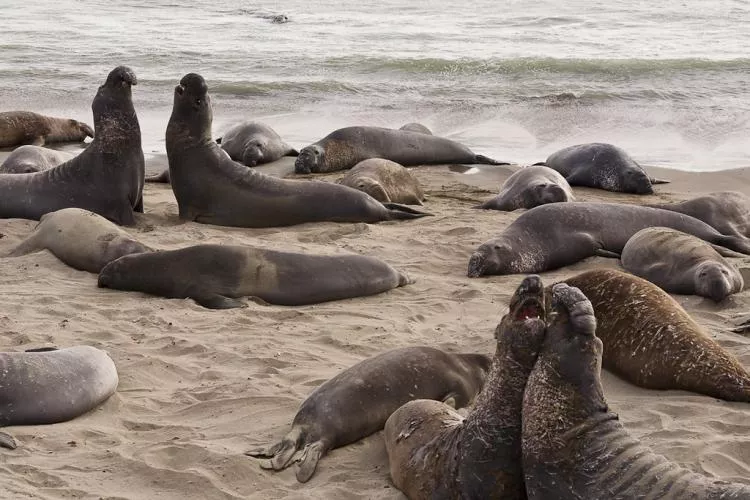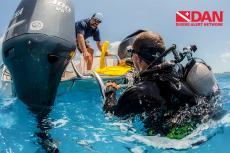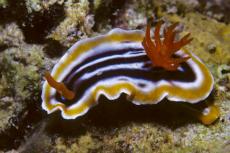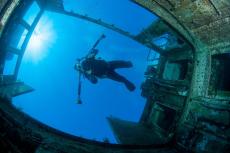
Hvordan ved søelefanter egentligt hvornår det er på tide at tage hjem
Hvordan ved søelefanter egentligt hvornår det er på tide at tage hjem
Forskere ved University of California, Santa Cruz har fundet ud af hvordan gravide sæelefanter ved, hvornår det er tid til at tage til den strand hvor de yngler for at føde.
Every year, many marine animals migrate between foraging areas and breeding sites, often managing their movements with precision.
For pregnant female elephant seals, they travel more than 10,000 kilometres across the Eastern North Pacific Ocean annually, before returning to their breeding beaches where they will give birth within five days of their arrival.
How do they achieve such precise timing, without any GPS or navigation software?
After tracking more than a hundred female seals and analysing the data collected, a team of researchers concluded that they knew when it was time to head for the breeding grounds based on how far away they were from where they needed to go.
"We expected that highly successful [i.e. fatter] seals might end their foraging trips earlier, but that was not the case; instead, it seems like they are well programmed to turn around strategically based on where they are and in turn how long it will take them to get back," said Roxanne Beltran of the University of California, Santa Cruz.
Specifically, they are somehow aware of the distance they are from the breeding beach and how much time they need to get back.
Although the sensory cues the elephant seals use to come to this conclusion are still unknown, researchers concluded that they were able to adjust the timing of their travels based on an internal perception of time and space.
In subsequent investigations, they hope to quantify exactly how precise the seals' navigation ability is and to determine which cues are most important.





















